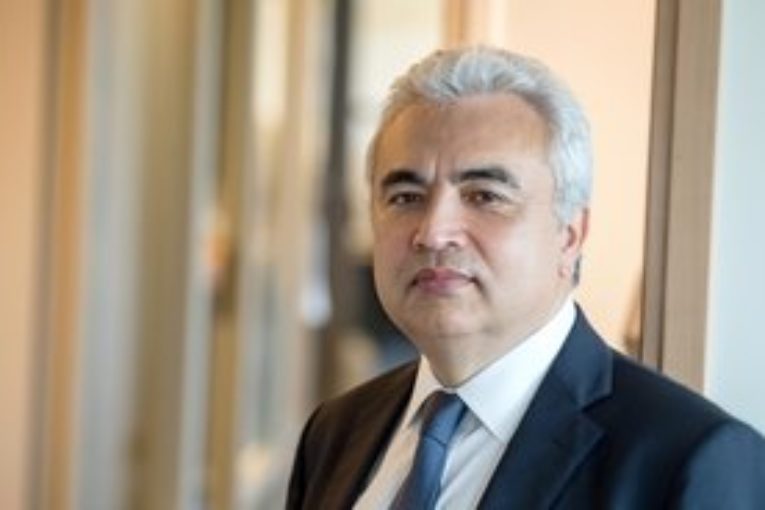
Thirty years ago, fossil fuels made up 81% of the world’s energy mix. Today, despite hundreds of billions of dollars invested in renewable energy and growth in electric vehicles adoption, it’s still 81%.
That was just one of the sobering statistics thrown out last week in Vancouver by Fatih Birol, executive director of the International Energy Agency (IEA), at the 10th Clean Energy Ministerial (CEM) forum.
Another sobering fact was that the GHG emissions avoidance that should have accrued through hundreds of billions of dollars of investments in renewable energy globally has been largely wiped out by the early retirement of nuclear power plants.
And unless aging nuclear power plants that are slated for retirement are given life extensions, another four billion tonnes of carbon dioxide will be added to the atmosphere, Birol warned.
To put that in context, total global GHG emissions in 2018 were about 37 billion tonnes. After three years of flat growth, global emissions, driven by general economic growth, began growing again in 2017 and 2018.
“We are definitely on a dangerous path,” Birol told Business in Vancouver. “Everybody talks about deeper and deeper cuts, but what we see in real life is that the emissions are increasing.”
“Renewables are growing – a massive increase in solar and wind,” Birol said. “But when you look at the last 20 years, the share of zero carbon technologies in the world energy mix didn’t change – despite the strong growth in renewables – because it was only strong enough to compensate the decline in nuclear.
“Close to 250 gigawatts of nuclear power plants in advanced economies are going to retire – about two-thirds of the existing capacity today – which will give an additional boost to the carbon dioxide emissions. It’s 4 billion tonnes additional emissions, which should make (it) even harder to reach our international climate targets.”
Given that fossil fuels will still be around for decades, Birol said it’s important that carbon capture and sequestration be done on much larger scales.
“When it comes to clean energy there is a lot of talk about cars,” Birol said. “If you open the newspapers to the front page, there is something about …electric cars. But only two heavy industries – cement and steel – emit 50% more (GHGs) than all the cars of the world put together, but it doesn’t get any attention.
“We think the industrial sector is very important to make use of the CCS (carbon capture and sequestration), because about one quarter of the global emissions come from the industrial sector. If you ask me personally, I don’t see reaching our climate targets in the absence of CCS, in the absence of nuclear. Practically, very, very, very difficult.”
The annual CEM conference draws energy ministers from 25 countries together annually to discuss global energy policies and trends. It was the first time the conference was held in Vancouver.
The IEA is arguably the most cited source of global energy information, which is why Birol was called upon to speak last week at a number of panel discussions on topics ranging from nuclear power to liquefied natural gas and carbon sequestration. His role was to provide a reality check for policymakers and suggest “real-world solutions” to lowering greenhouse gas emissions.
You can read more of the news on source
